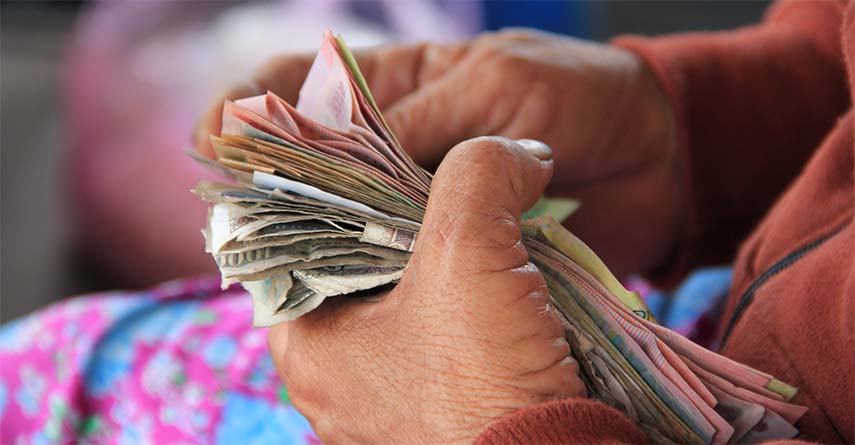The number of take-home payments into bank accounts decreased in October and resulted in declining take-home pay amounts, according to the latest BankservAfrica Take-home Pay Index.
This could be a result of the weak economy – where salaries are unable to keep up with the rate of inflation – and the lower employment figures.
“Take-home pay for October decreased on both an annual and monthly basis with the annual rate of decline down by 1,3%, which was in part due to the slightly higher inflation and the lower measured take-home pay,” says Shergeran Naidoo, head: stakeholder engagements at BankservAfrica. Real take-home pay was R13 918 for October, the lowest in four months.
The current payments numbers were lower than previous months due to the backdated payment payouts having taken place in previous months. However, the annual recorded decline is not what one would have expected.
“While there is no real reason for the decline, it is evident that the amount people were paid into the bank declined for October,” says Mike Schüssler, chief economist at Economistscoza.
Without taking inflation into account, take-home pay increased by 3.7%. But with inflation, formal sector employees were, on average, 1.3% worse off than a year ago, explains Naidoo.
There was also a continued decline in the number of estimated people paid via the South African national payment system.
On a three-month moving average basis, the number of estimated employees declined six out of the last seven months.
“Although the BankservAfrica Take-home Pay Index is not designed to measure the number of employees, the fact that our sampling methodology continues to record declines correlates to the weakening employment numbers,” explains Schüssler. This is confirmed by Stats SA’s Quarterly Employment Survey.
There are two likely reasons for this decline such as that most of the private sector did not get salary adjustments that fully compensated for inflation, resulting in tax brackets not fully adjusting for inflation. This has left employees worse off.
The other likely event is the retrenchment of employees in the middle-income bracket, which could be impacting the decline of take-home pay in real terms.
Schüssler points out that the number of people at the bottom bracket has been in decline for some time. While employees taking home between R10 000 – R25 000 per month have increased, this rose slightly in October by just under 0,2%. Even with increases of 3,7% overall, the number should have been around 3% to 4%.
Those taking home between R25 000 – R50 000 increased by 3.6% in number which one would expect when overall salaries increased by 3,7%. “It appears that some retrenchments have taken place in the middle take-home pay categories,” explains Schüssler. This category was increasing in double digits until May 2018.12.06
Again, in contrast to take-home pay, the BankservAfrica Private Pension Index recorded a 4.5% increase in real terms, according to Naidoo. The total number of pensions in the BankservAfrica payment system recorded over 689 000.
The real average pensions increased but the total did not increase as last October there were about 170 000 extra payments partly due to late backdated increases of pensions on a year ago. Nonetheless real pensions remain close to all time high level of around R7 000 per month.
“Although pensioners get about half the income than those earning salaries, the gap continues to close,” says Schüssler.

